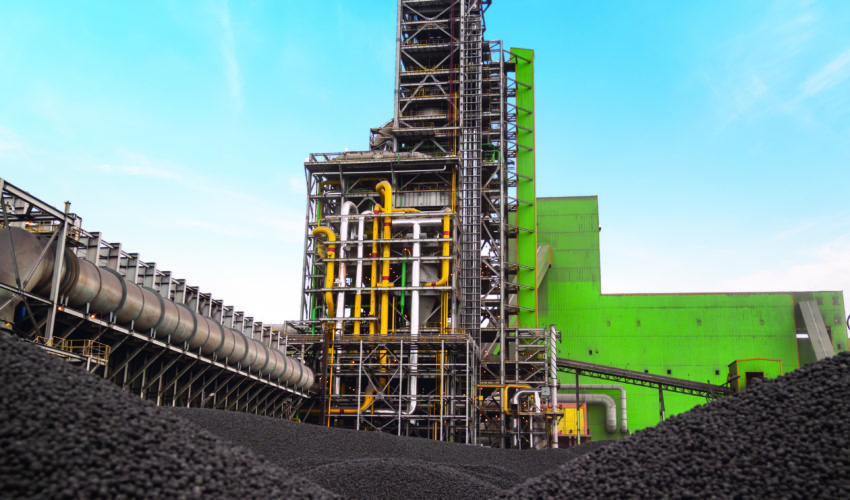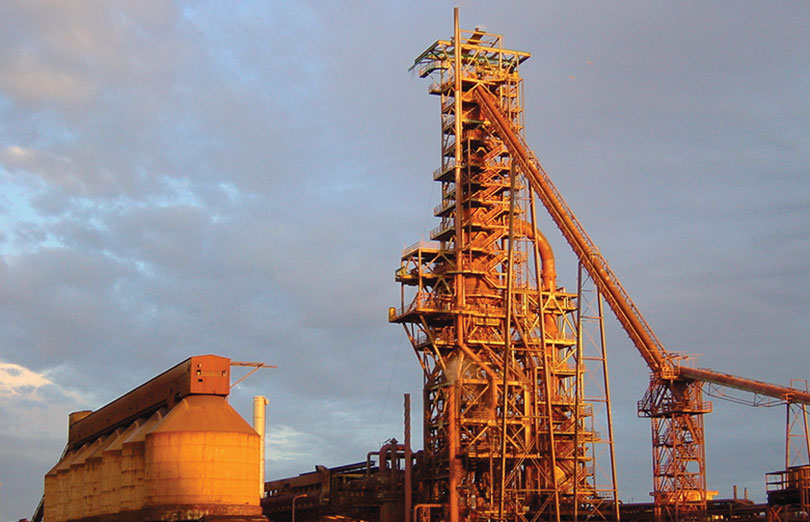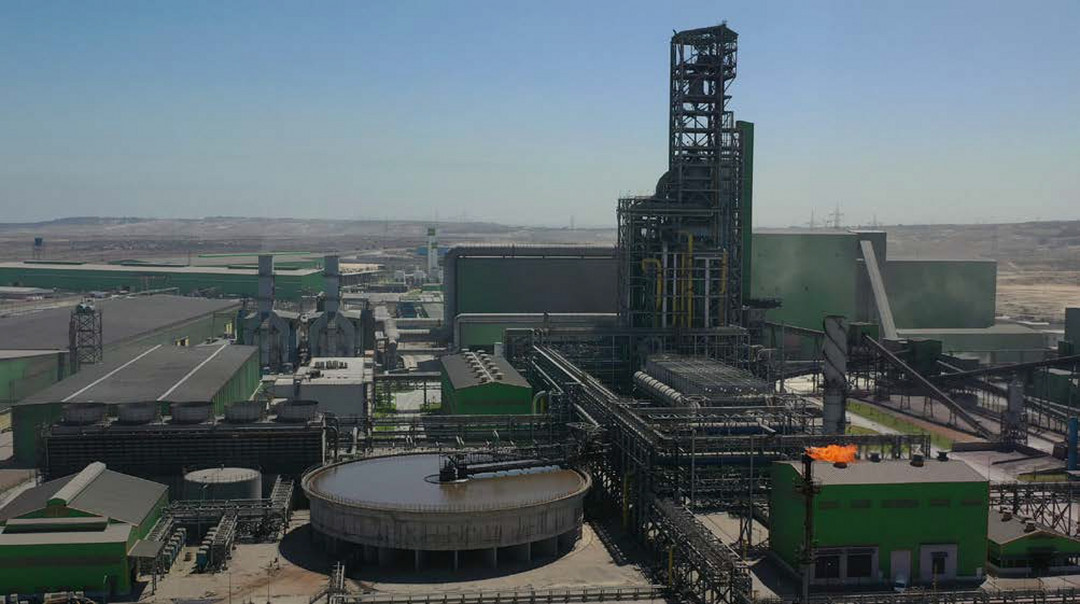

The project will generate the competence basis for the development and implementation of new raw materials, methods and technologies enabling reductions in CO2 emissions when oxidic raw materials are converted to alloy. KPN Reduced CO2 emissions will focus on primary metal production, focussing on the removal of oxygen from raw input materials with minimal CO2 emissions. The overall aim of “KPN Reduced CO2 emissions in metal production” is to develop the basis for reduced climate effects from the production of Si, FeSi, Mn-alloy and TiO2 slag to obtain 30% lower CO 2 emission in 2030 and zero CO2 emission in 2050. On the other hand, the reduced self-hardened pellets had a higher amount of alumina containing mayenite leachable phase. Higher iron recovery was observed in the reduced sintered pellets. The two pellets showed similar reduction behaviour, while different chemical, physical and mechanical properties were observed. There was a negligible amount of gehlenite (Ca2Al2SiO7) formation in the self-hardened pellets, while this phase was a dominant phase in the sintered pellets. The high-temperature sintered pellets had higher strength and it was also found that produced oxide pellets were different with respect to the dominant phases present in them. It was found that the phase formation after reduction is dependent on the characteristics of the used pellets. The pellets were characterised by X-Ray Diffraction (XRD), Scanning Electron Microscope (SEM) coupled with energy dispersive spectroscopy (EDS), physical and mechanical testing. Both types of pellets were reduced by hydrogen in a thermogravimetry furnace at elevated temperature under similar conditions. The former was sintered at 1150 ☌, while the latter could be self-hardened through the cementing effect of CaO in exposure to moisture and air. Either only CaCO3 was added or a mixture of CaO and CaCO3 was added (Fixed Ca content). The Ca was added to form a leachable mayenite phase (12CaO.7Al2O3) with the existing alumina in BR. In the present work, two types of oxide pellets were first made from bauxite residue via the addition of CaCO3 (Limestone) and CaO (quicklime) powder. The reduction of iron oxide by hydrogen and phase transformation in Bauxite Residue (BR) were experimentally studied at 1000 ☌. However, with increasing sintering temperature the strength of the pellets increases due to clustering of particles, while porosity decreases. It was found that with more CaCO3 use in pelletizing, higher porosity is obtained. Porosity and mechanical properties of pellets are inversely related with both varying sintering temperature and composition. The identified phases are the same for of the three pellets, however, with variations in their quantities. In the sintered pellets, iron present in form of brownmillerite (Ca2Fe1.63Al0.36O5), srebrodolskite (Ca2Fe2O5), and fayalite (Fe2SiO4), while alumina present mostly in gehlenite (Ca2Al2SiO7) and little fraction in mayenite (Ca12Al14O33) and brownmillerite phases. Moreover, for the pellets sintered at 1150 ☌ high strength and proper porosities were obtained. It was found that at 1100 ☌ sintering temperature, all the three sintered pellet compositions have a moderate porosity and low strength, but the reverse result was found when 1200 ☌ sintering temperature was applied.

For measurement of porosity and surface area, mercury porosimetry and BET surface area methods were applied. Tumble, abrasion, and breaking load tests were applied to determine the strength of the pellets. X-Ray diffraction (XRD) and scanning electron microscopy (SEM) were used for the phase and microstructural analysis, respectively. Bauxite residue and limestone with three different mixture compositions were pelletized experimentally via agglomeration followed by drying and sintering at elevated temperatures.


Experimental research was carried out to produce pellets from bauxite residue for the further extraction of iron and alumina.


 0 kommentar(er)
0 kommentar(er)
